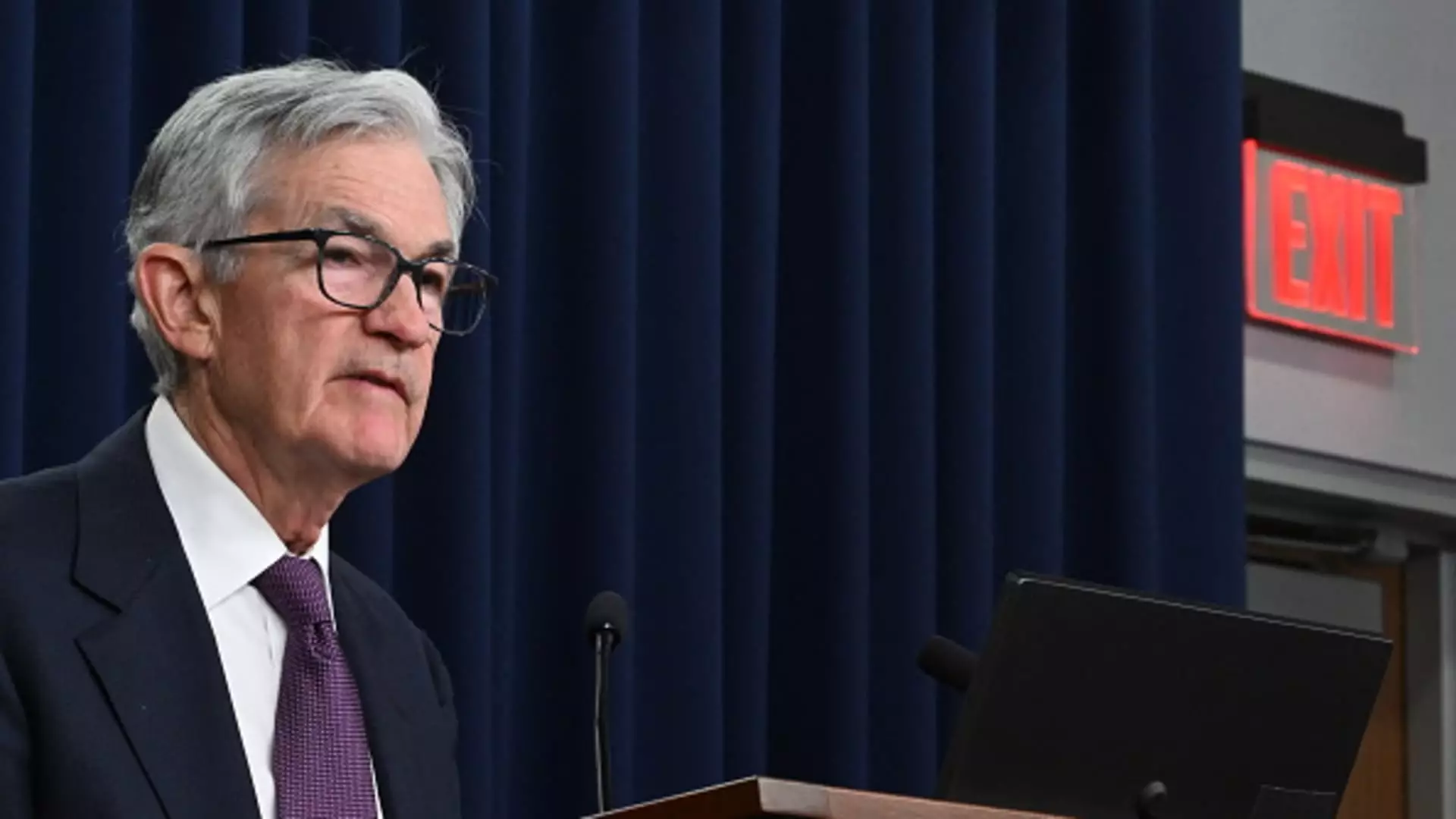As the Federal Reserve convenes for its initial meeting of the second term for President Donald Trump, a notable tension looms over the proceedings. The president’s clear desire for lower interest rates sets the stage for scrutiny, yet signals suggest that the Fed may not acquiesce to this pressure. With a plethora of economic variables and political uncertainty examining the Federal Reserve’s potential direction, investors are left in anxious anticipation. The economic landscape appears increasingly intricate, and the Fed’s role in navigating through these complexities has arguably never been more critical.
The current political climate carries an air of unpredictability. President Trump’s intentions concerning tariffs, immigration, and deregulation could have multifaceted effects on the economy. Analysts, like U.S. Bank chief economist Beth Ann Bovino, express skepticism about the swift action from the central bank in response to these political moves. The ramifications of Trump’s proposals may lean towards inflationary trends, compelling the Federal Reserve to maintain a measured approach.
Market sentiment corroborates this notion, revealing an overwhelming consensus that the Federal Open Market Committee (FOMC) will keep interest rates steady at a target range of 4.25% to 4.5%. This present course of action reflects a cautious stance as significant economic changes take shape in the backdrop of an uncertain political framework.
The Federal Reserve’s recent history is characterized by a streak of interest rate cuts— a full percentage point reduction across the last three meetings. It is essential to consider how this prior adjustment feeds into the current environment, where previously anticipated cuts are now being reevaluated. Former Dallas Fed President Robert Kaplan emphasizes a prudent approach, urging the bank to remain static regarding policy changes. In his perspective, economic indicators reflect a stalling progress on inflation, necessitating a focused approach from the Fed.
Kaplan’s insights introduce a significant nuance to the discussion surrounding potential disinflationary trends. He identifies numerous structural shifts in the economy that could aid in mitigating inflation pressures, including government spending cuts and a revamped energy sector strategy under Trump’s administration. These changes could strongly influence the Fed’s decision-making process in the months ahead.
While the potential for disinflation exists, other factors loom that could counteract these advantages. The implementation of tariffs is one such concern, as it could lead to escalated prices across commodities. Additionally, labor dynamics are shifting, particularly with Trump’s aggressive stance on mass deportations, which could result in labor shortages and consequently drive up wages. Such developments present a convoluted picture for the Federal Reserve as they aim to weigh these competing influences.
Indeed, the overarching challenge lies in the balance between responding to the political landscape and adhering to economic fundamentals. Kaplan highlights the critical need for the Federal Reserve to execute thorough analyses before taking any action— a sentiment that resonates with those wary of short-term political pressures on monetary policy.
As the Federal Reserve gears up to announce its decision, the absence of updates to its quarterly economic projections adds another layer of intrigue. This leaves analysts and investors parsing through the forthcoming statements and Chair Jerome Powell’s subsequent press conference for insights. Powell, who experienced a tumultuous relationship with Trump during the previous term, may find himself under scrutiny regarding the administration’s financial requests.
It is important to note that the Fed’s mission is enshrined in its commitment to maintain price stability. With Trump’s demand for immediate action to lower rates ringing in their ears, the central bank must remain steadfast in its resolve to evaluate the broader economic implications before making any shifts in policy.
In essence, the Federal Reserve is at a pivotal juncture. Navigating through significant political headwinds while remaining focused on its long-term objectives will require careful analysis and measured decision-making. The interaction between monetary policy and an evolving political landscape will undoubtedly define the economic narrative of this term, highlighting the delicate balance between leadership and independence.

